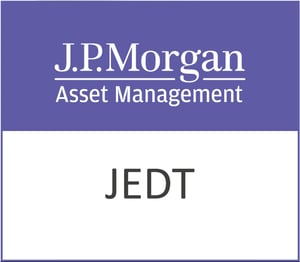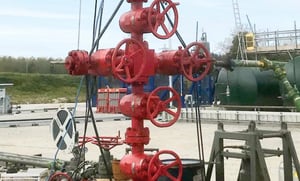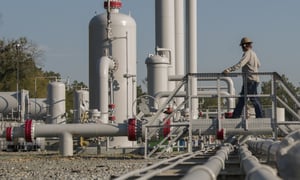Rolls-Royce Holdings Plc, a stalwart of the aerospace and defence industry, continues to capture investors’ attention amidst a landscape of strategic innovation and financial complexities. With a rich heritage dating back to 1884, the London-headquartered company remains a pivotal player in the industrials sector, delivering mission-critical power systems across its diverse segments.
Currently trading at 784 GBp, Rolls-Royce’s share price hovers near the upper end of its 52-week range of 418.10 to 812.80 GBp, reflecting a period of significant growth and investor confidence. The stock has experienced a minimal price change of 17.00 GBp, equivalent to a modest 0.02% increase, underscoring a phase of relative stability. This performance is further evidenced by the company’s market capitalisation of $65.59 billion, positioning it as a formidable entity in the global aerospace and defence market.
However, the financial underpinnings of Rolls-Royce present a mixed picture. The company’s forward P/E ratio of 2,816.90 indicates a valuation that may appear steep compared to industry standards, suggesting that future earnings expectations are exceedingly high. Despite this, the absence of a trailing P/E and other valuation metrics such as PEG and Price/Book ratios necessitates a cautious approach when evaluating the company’s intrinsic value.
On the performance front, Rolls-Royce has reported robust revenue growth of 12.10%, signalling strong operational momentum. Yet, the lack of net income data and a return on equity figure complicates a comprehensive assessment of profitability. The company’s earnings per share (EPS) stands at 0.30, providing some insight into its earning capacity per share. Notably, Rolls-Royce’s free cash flow is a considerable £1.54 billion, highlighting its ability to generate cash from operations and potentially invest in future growth initiatives.
Investors seeking income from their holdings might note the company’s dividend yield of 0.77%. Interestingly, the payout ratio is marked at 0.00%, which suggests that dividends are funded from reserves or cash flow rather than current earnings—a strategy that warrants further scrutiny for income-focused investors.
Analyst sentiment towards Rolls-Royce is predominantly positive, with 12 buy ratings, 4 hold ratings, and a solitary sell rating. The target price range is broad, between 240.00 and 1,150.00 GBp, with an average target of 803.28 GBp. This average suggests a potential upside of 2.46%, reflecting a cautiously optimistic outlook on the stock’s future trajectory.
From a technical standpoint, Rolls-Royce’s 50-day and 200-day moving averages are 740.55 and 591.64 GBp, respectively, indicating a bullish trend. The Relative Strength Index (RSI) at 67.05 suggests the stock is approaching overbought territory, a factor that might influence short-term trading sentiments. The Moving Average Convergence Divergence (MACD) and Signal Line readings of 9.19 and 1.98, respectively, further reinforce the positive momentum.
As Rolls-Royce continues to innovate across its four segments—Civil Aerospace, Defence, Power Systems, and New Markets—the company remains a focal point for investors keen on aerospace advancements and energy solutions. While the path ahead is not without challenges, particularly in terms of valuation and profitability metrics, Rolls-Royce’s strategic vision and historical resilience offer a compelling narrative for those considering an investment in this iconic British enterprise.








































